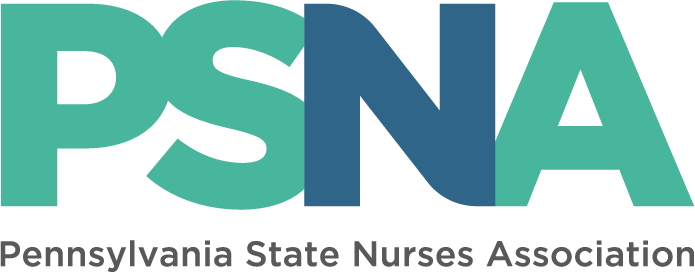The recent passing of a 3rd-grade student at the John F. Hartranft School in North Philadelphia is heartbreaking. In addition, it is tragic that a school nurse was not on campus. As one parent stated, “a nurse not being present at the school has been an ongoing issue.” According to the PA Public School Code of 1949 Section 1402 (a.1), “every child of school age shall be provided with school nurse services … the number of pupils under the care of each school nurse shall not exceed 1,500.”
This number should be alarming to parents because the number of students with tracheostomies, gastrostomy tubes, and ventilators has increased exponentially. Students with chronic conditions – including asthma, diabetes, obesity, and epilepsy – make up 25% of student caseloads (Van Cleave, Gortmaker, & Perrin, 2010). The National Survey of Children with Special Healthcare Needs has determined that 11.2 million U.S. children are at risk for chronic physical, developmental, behavioral, or emotional conditions.
The school nurse, who is often the sole healthcare provider in an academic setting, is a member of a distinct discipline of professional nursing. The school nurse provides primary prevention, including health education, screenings, referrals, and strategies to detect and treat health-related issues in their early stages (NASN, 2016a). School nurses assess and treat acute illnesses or injuries, monitor and treat students with chronic health conditions, perform surveillance for contagious illnesses, contact guardians to discuss health concerns, dispense prescribed medication, provide health education and counseling, assist students with hygiene issues, and coordinate services with other school staff members.
Why wasn’t a school nurse available on October 26th in Philadelphia? Some would argue that is has to do with funding. The presence of a nurse at school is very dependent on local funding and state-specific regulations (Baker, Hebbeler, Davis-Aldritt, Anderson, & Knauer, 2015; Maughan, 2009). Scarce financing and cuts to services are common dilemmas for school districts. School districts operate under local control and community school boards. The reliance on local control applies to staffing and funding decisions for school health programs. As a result, school nurse caseload numbers vary widely across states, ranging from 300 to almost 6,000 students per nurse (Maughan, 2009).
According to the PA Code, Chapter 23, School Health, Section 23.61, “Each school in Pennsylvania gets paid only $7 per student.” This reimbursement number has not changed since 1949 for decades. However, student health needs have changed dramatically.
School nurses are an important link in the continuum of care for children with chronic conditions, a critical component of illness prevention, and a safety net for children who are outside the traditional medical care system. There are challenges to integrating better healthcare in our schools; however, active opportunities exist to ensure every school has a school nurse as part of a coordinated school health program.
The Pennsylvania State Nurses Association (PSNA) calls on parents and communities to engage with their school districts and call for a school nurse in every building.
by Betsy M. Snook, MEd, BSN, RN
CEO, Pennsylvania State Nurses Association (PSNA)


